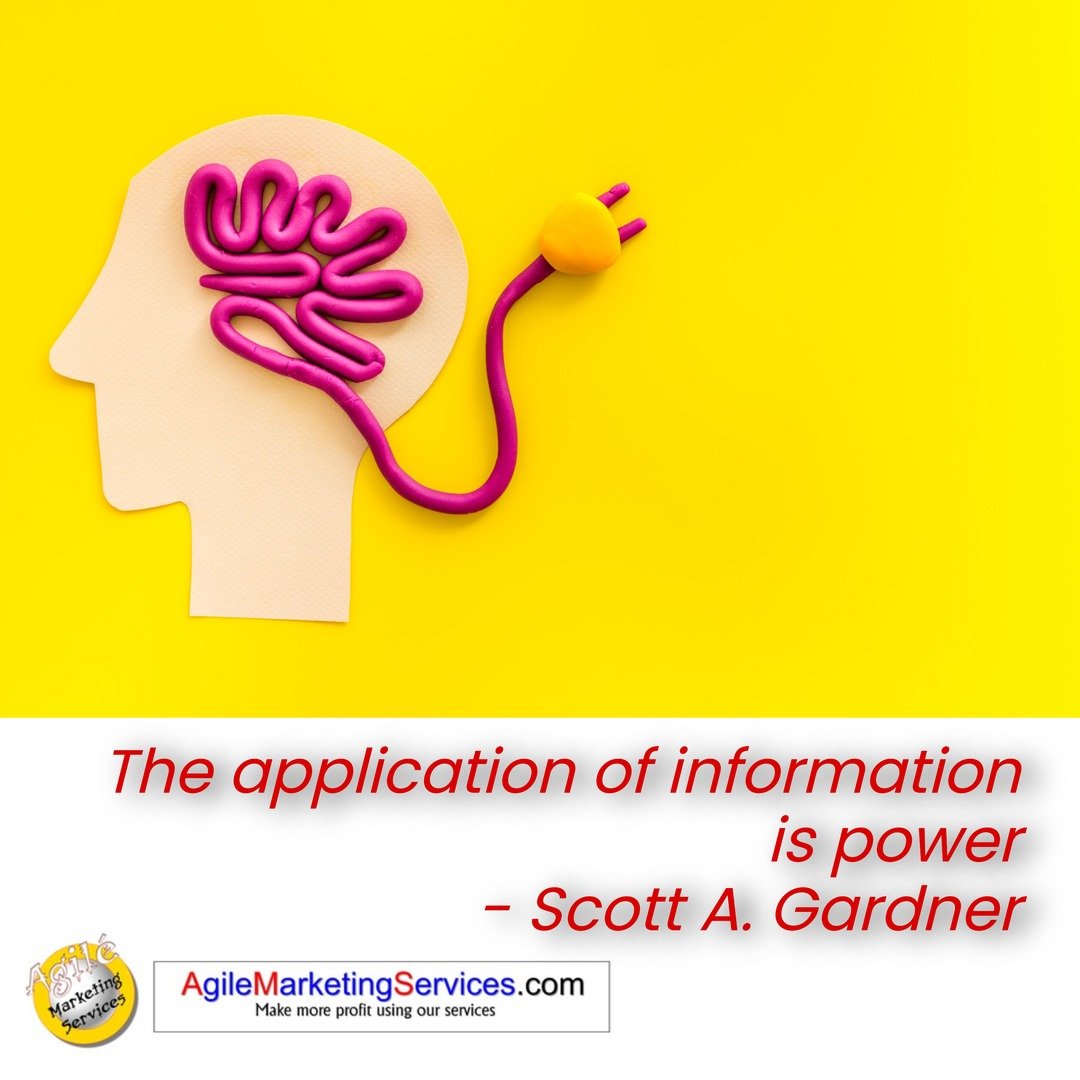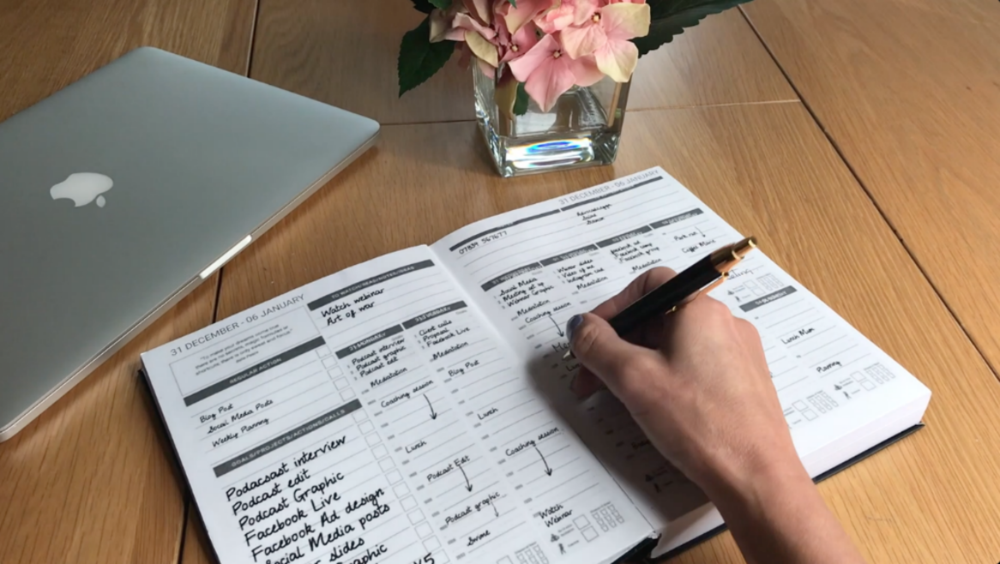What do you do after you connect with someone – IRL or on a social media platform? Here’s a few ideas.
Social Media
Donate In Their Name: Make Your Client The Hero
Most of my clients arrive by word-of-mouth, which is great. I reached out to a prospect the other day, who was referred by one of my existing clients. I offered them a small freebie. The prospect was initially hesitant, until I mentioned that my existing client – whom the prospect knows – had donated this service to them. Wow, were they impressed!
A note of warning – don’t say something like this if it isn’t true! Make sure you check with your existing customer to make sure they don’t mind doing this.
In addition to the prospect being impressed, my existing client was as well. I offered to give something to someone they know, in their name. How cool is that? The product or service you offer doesn’t have to be super expensive, it just has to have a perceived value. The receiver gets something useful, and the giver looks like a hero. And that’s the point.
There are a number of things you can “give” to existing customers to show you appreciate them. I’ve talked about this before in posts about loyalty programs, and customer retention strategies. A discount is great, but a hand-written card is better. Above both of these is letting your customer appear as the hero to someone else.
I make it a practice to ask all my clients about their favorite charities, especially local ones. When I’m sending out holiday or event cards (again, written and addressed by hand), I often include cards to those charities, letting them know that my clients mentioned them as being a good cause. Even though the card is from me, I make sure my client is mentioned prominently. In other words, I make my client the hero. My clients often hear about that card!
Offering to provide a product or service in the name of your client is, very obviously, also a great way to find new clients!
Planning Ahead Is Cash In Hand
For years, I thought I was one of only a few people who didn’t own and use a planner. For over 20 years, my wife would buy me various planner systems, and I barely even looked at them. I was surrounded by people who used planners, spent money on planning seminars, took physical and online courses on what to plan, how to plan, and how to set and accomplish goals. I believed I was a lone holdout.
After my “conversion” (a story too long and sordid to get into here), I began to realize that The Planner People were not a solid majority. Many, many people didn’t use a planner, set goals, or even keep track of future appointments. Yet again today, I was reminded that there are plenty of folks who keep shooting themselves in the foot because they don’t keep track of appointments. I showed up at a new business to HAND OVER CASH, after setting an appointment with the owner 2 weeks ago. The place was closed, his phone went to voice mail, and he didn’t answer a message I sent him.
If you have children, grandchildren, or interact with students, getting them exposed to planning and goal setting at a young age will truly help them throughout their lives. If you can’t teach them, point them towards someone who can.
It Pays to Learn Lessons

I spent years forgetting the lesson of, “Test before committing.” I’m creating the card I’m planning to send out in January, and I had one test version printed at double the cost I’ll pay later on. Not only were the sides printed in the wrong directions (tops didn’t match), the images didn’t have enough white space around the edges – so the text on one side, and pix on the other, was cut off.
I’ve created a 2nd version, and ordered one more sample card – again, at double the regular price. If I have to, I won’t even mind printing a 3rd version.
For the first 10 years of doing this stuff, I would have wasted money and just ordered the entire print run. Lemme tell ya: being overeager is like sticking a long, dull knife in your own eye. Starting early and having patience alleviates that situation.
7 Things to Offer Via Memberships

1: Consumable Content
Text, video, audio, physical products, graphics – each post (or serving, or entry, etc.) expresses a complete idea. “One and done.”
2: Stackable Content
Like consumable content, except that each post builds on the previous entries, creating a larger, more complex item over time.
3: DIY Instructions
Recipes (for food, a physical product, a process, etc.) and patterns allowing the consumer to follow along, provide labor and materials, and create something.
4: Done-for-you Service
A mass creation, or even individualized for each consumer, this is the opposite of #3. You complete a service for your member.
5: Unsorted Library of Content
A collection of products, services, or information “all in one pile” that the consumer must go through on their own. They have to find what they’re looking for, and decide in what order they want to go through it.
6: Sorted Library of Content
Just like #5, except you group the items into categories, or sections, or whatever. You can also suggest an order for the member to go through it, but they don’t have to follow your suggestions.
7: Coaching or Advice
The member is responsible for making a product or performing work. You provide encouragement, advice, mentorship, etc.
No Invoices Until At Least July 1st, 2020
This pandemic is hitting businesses across America hard. A lot of them are shut down, or have seriously limited their workforce. I am committed to doing my part to help.
First of all, I will not bill existing customers for any services until at least July first, 2020. Second, I have no intention of leaving you stranded – if you need work done, I’m happy to do it.
Final point – this is the time to invest in your marketing efforts. There are systems and tools that can help you find new customers, and even make sales. I can help implement these for your business. And while Agile’ is a boutique firm, working with a maximum of fifteen clients at a time, I have room for up to three new clients (who will also not receive invoices until at least July 1st), so feel free to pass along my contact info to someone who might need it.
We’re all in this together. I wish you health and happiness. We will come out the other side of this.






